Description
Introduction to Cinnamon
Cinnamon, one of the oldest and most widely utilized spices globally, is derived from the bark of the Cinnamomum tree. Renowned for its distinctive flavor and aroma, this beloved spice also possesses a wealth of medicinal properties, making it a versatile ingredient in industries such as food, pharmaceuticals, cosmetics, and personal care.
Cinnamon-Producing Countries
Cinnamon is cultivated in several key countries, each contributing unique characteristics to the spice. The primary cinnamon-producing nations include:
India
- India stands as the world’s largest producer and exporter of cinnamon. Primarily grown in the states of Kerala and Tamil Nadu, Indian cinnamon is available in two main varieties: Cassia and Ceylon (marketed as Indian cinnamon).
- Indian cinnamon is distinguished by its bolder flavor and richer color compared to other varieties, making it a staple in both food and pharmaceutical applications.
Sri Lanka
- Sri Lanka is globally recognized for producing Ceylon cinnamon, often referred to as “true cinnamon.” Sourced from the bark of a specific tree, Ceylon cinnamon is prized for its milder flavor, more refined aroma, and superior quality compared to other cinnamon types.
- This variety is predominantly used in culinary and medicinal applications due to its exceptional therapeutic properties.
Indonesia
- Indonesia is a significant producer of cinnamon, primarily known for Cassia cinnamon, which is commonly employed in industrial and commercial settings. Cassia cinnamon features thicker bark and a more robust flavor.
Vietnam
- Vietnam ranks among the top exporters of Cassia cinnamon to global markets.
China
- China is a leading exporter of cinnamon, predominantly producing Cassia cinnamon. Grown in the eastern and southern regions, this variety is favored in global markets for its strong flavor and cost-effectiveness.
Types of Cinnamon and Their Differences
Cinnamon is broadly categorized into two primary types, each with distinct attributes:
Ceylon Cinnamon (Cinnamomum verum)
- Known as “true cinnamon” or “Ceylon cinnamon,” this variety offers a milder, sweeter flavor, a subtler aroma, and a lighter color compared to Cassia cinnamon. Its delicate taste and aroma are widely preferred, making it ideal for desserts, pastries, tea, and coffee.
- Ceylon cinnamon is extensively used in pharmaceuticals and the food industry due to its premium quality.
Cassia Cinnamon (Cinnamomum cassia)
- Also known as Chinese cinnamon or “rose red cinnamon” due to its reddish-brown hue, Cassia cinnamon is characterized by a potent, pungent aroma and a slightly bitter taste. It has a spicier flavor, thicker bark, and a warmer nature compared to Ceylon cinnamon.
- It is widely used in the food industry, particularly in sweets and hot beverages such as tea and coffee.
Appearance Differences Between Ceylon and Cassia
- Ceylon cinnamon consists of thin, paper-like, fragile layers that are light brown and tightly rolled. In contrast, Cassia cinnamon has thicker, darker bark that is notably harder to grind or crush.
Health Benefits of Cinnamon
Rich in curcumin and natural antioxidants, cinnamon offers a range of therapeutic benefits, including:
- Anti-inflammatory Properties: Helps alleviate joint pain and other inflammatory conditions.
- Blood Sugar Regulation: Enhances insulin sensitivity and supports blood sugar control.
- Immune System Support: Bolsters the immune system with antibacterial and antiviral properties, aiding in the treatment of certain infections.
Applications of Cinnamon
Cinnamon is utilized in:
- Food Industry: To enhance the flavor of desserts, beverages, and baked goods.
- Pharmaceuticals: For addressing digestive disorders and managing diabetes.
- Cosmetics and Personal Care: For its anti-inflammatory and antibacterial properties.
Important Note
While both cinnamon types are generally safe, excessive consumption of Cassia cinnamon may pose health risks due to its high coumarin content (approximately 0.4–0.8%). Prolonged or excessive coumarin intake can be toxic and may cause liver or kidney damage, particularly in individuals with pre-existing conditions. Consequently, some European countries have imposed restrictions on certain Cassia cinnamon varieties.
Cinnamon Import and Supply Process
Our company collaborates directly with the most reputable cinnamon producers in India, Sri Lanka, Vietnam, and China to deliver the highest quality cinnamon, adhering to global standards. All processes, from importation to packaging and distribution, are meticulously managed in compliance with regulations to ensure our customers receive premium products at competitive prices.
Reviews (0)
Be the first to review “Cinnamon” Cancel reply


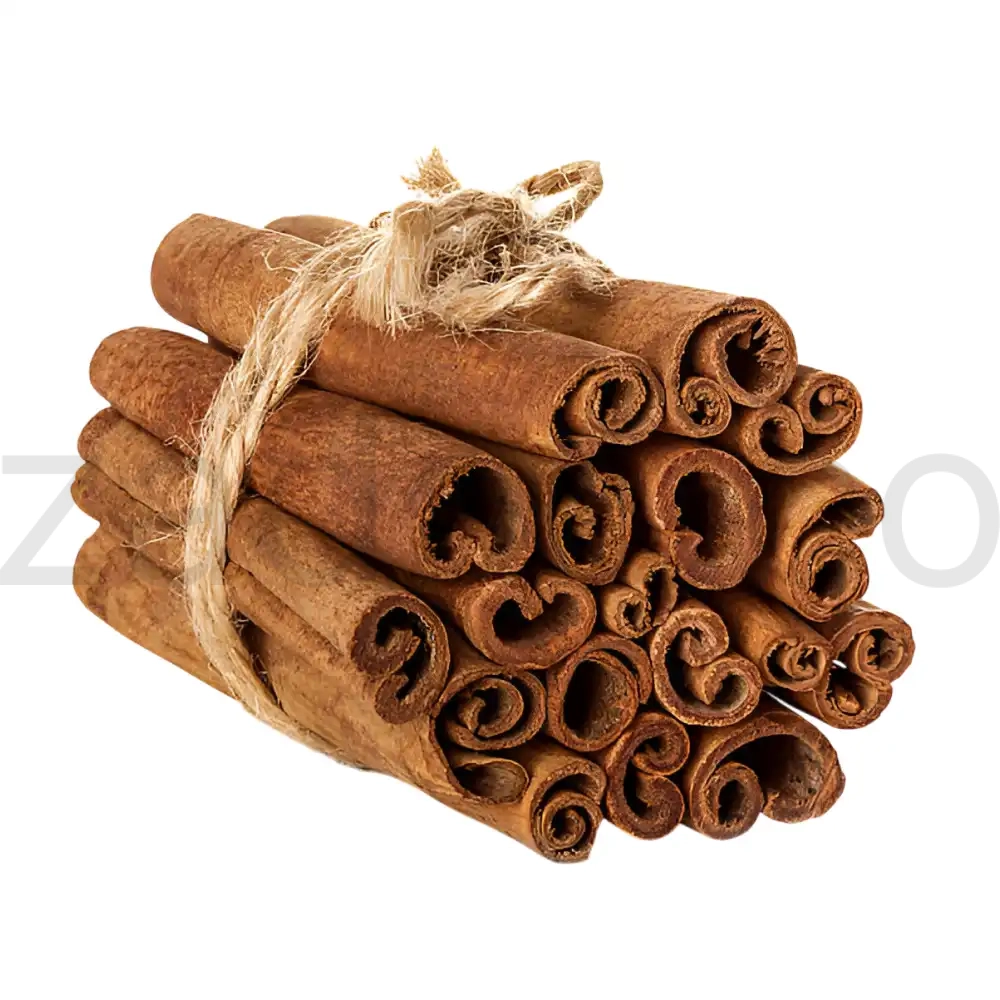
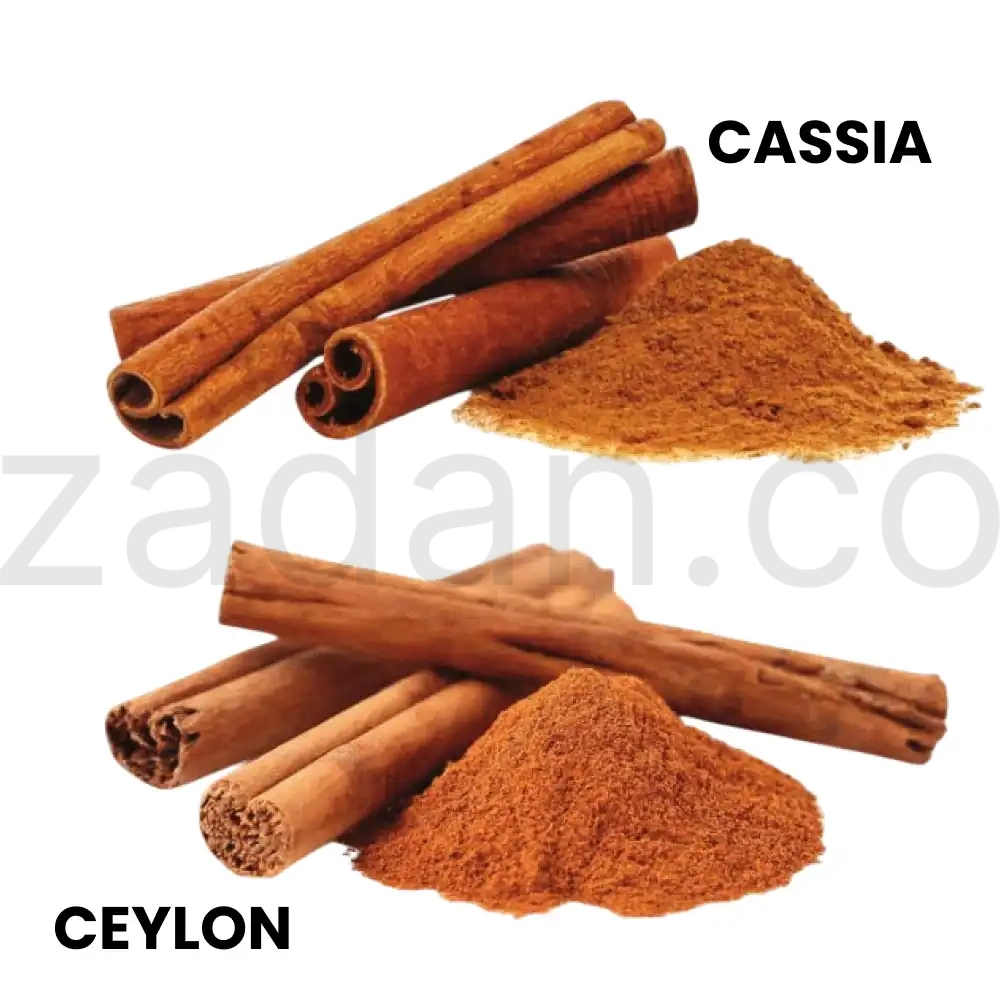


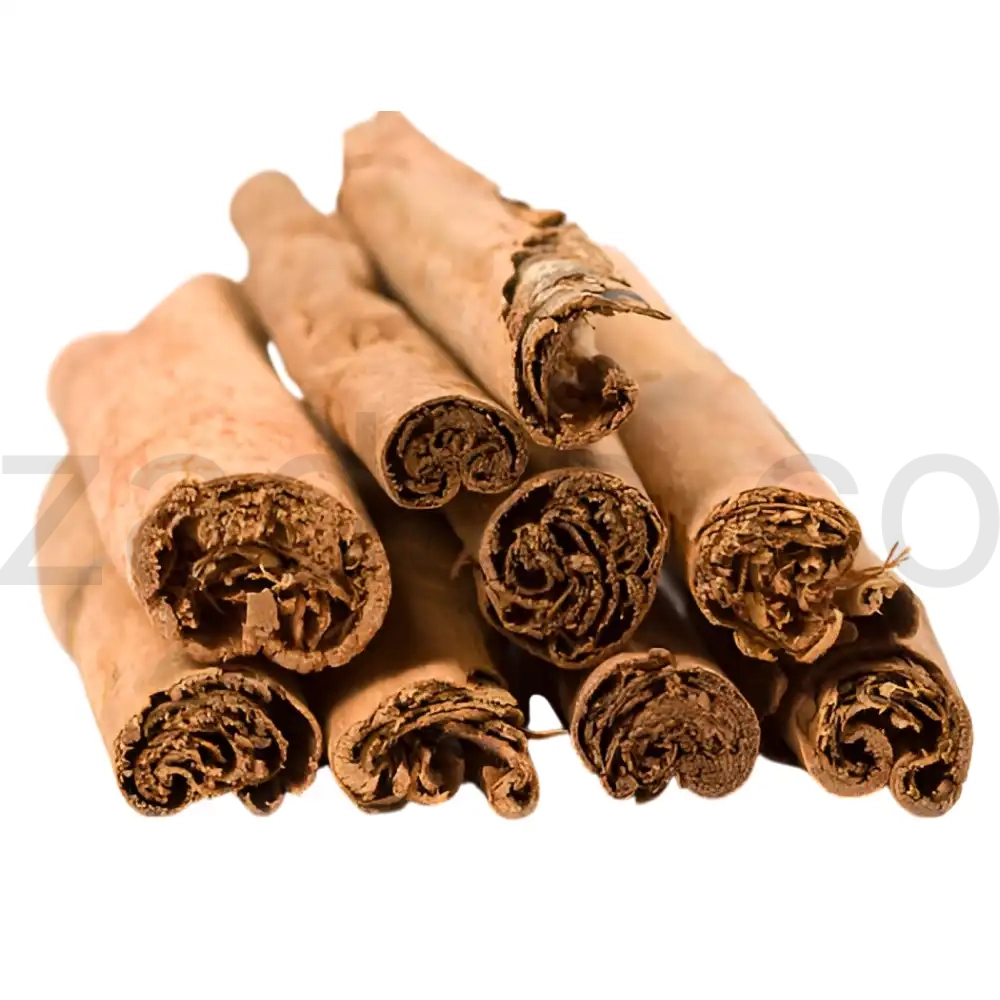
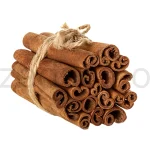
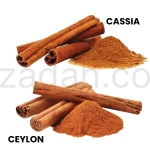
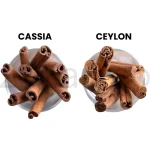
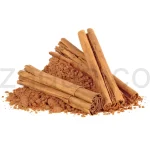
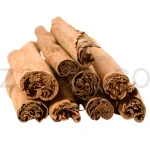
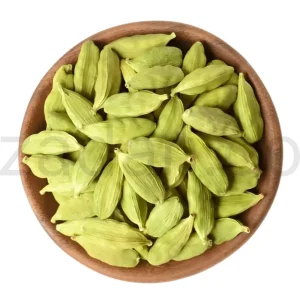
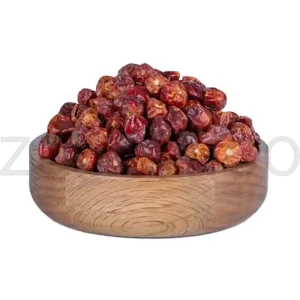
Reviews
There are no reviews yet.